Continuing with our mission to spread the knowledge and educate professionals across the globe on the use and safety of Hyaluronic acid fillers, we reunited the best experts in the subject to provide insightful scientific content to share with our audience.
Our KOLs delved deeper into the safety parameters for gluteal correction with HA fillers, especifically, HYAcorp fillers for face and body.
ISAPS National Secretary and plastic surgeon from the UK, Dr. Naveen Cavale, introduced the live session by presenting the necessary safety guidelines that ISAPS established to undergo any kind of procedure.
Followed by the lecture of French Plastic Surgeon Dr. Henry Delmar who talked about the injection techniques and lecture by Dermatologist from the US Dr. Hema Sundaram, who talked about the rheology fundamentals introduction.
Lastly, Italian Plastic Surgeon Massimiliano Brambilla was invited to participate in a debate with Dr. Henry Delmar and Dr. Hema Sundaram regarding the patient exclusion criteria.
This live session was coordinated and moderated by Italian Plastic Surgeon Dubai-based Dr. Carmelo Crisafulli.
If you missed the live event, the recording has been made available so you can watch it on-demand at your convenience.
At BioScience, we are consistently driven to empower professionals through education and training on our products and their use. This is why our team is compiling all of the question which will be shared in this post very soon.
Q1: Beyond the application of the product, what about the safety in the long term?
Dr.Brambilla: I have been injecting Hyaluronic fillers for so many years now, and I think if we do it under good rules, education, knowledge of the product and rheology, we can stay extra safe with those products.
Of course, adverse events or complications may always happen; we are doctors and we perform surgery and we know is just a matter of numbers to have a complication, but if we are able to reduce it to a minimum term, it is a procedure that we might do. So, by doing it safely and not injecting super high volumes while doing a good selection of the patient, we will have happy patients.
Q2: Great presentation, Dr. Henry. Do you combine MLF1 and MLF2 in the same session while injecting to achieve better results?
Dr. DelMar: I always combine MLF1 & MLF2, we can observe that the rheology are the same and if you want to build a nice shape of the buttocks, we need to have a transition zone between the place you inject MLF2 and the zone you don’t inject. MLF1 can create this transition results. Also, there are some zones where the subcutaneous fat is thin, and is better to use MLF1 than MLF2, because then the shape is nicer.
Q3: There are now some brands in the market claiming efficacy as body filler. How can we choose the best for patients?
Dr. Sundaram: We need to be calling upon companies to publish their safety data. Any company that is responsible in our field will be motivated to partner with us as injectors in order to assure safety of patients.
One of the challenges we have with nonsurgical aesthetics in general is that industry is the tail wagging the dog of our field, since this field started off with industry and we recognize the valuable contributions that research motivated industry makes to our field, but we have to always pass research, evidence and science from marketing.
Every company is going to claim that their products are safer, better or more efficacious, but we need to look at these data behind those claims.
I showed you a poster from BioScience which is about safety monitoring and shows the company’s commitment to safety and best practices and partnering with injectors to help patients stay safe and achieve the best results.
Q4:What is the rate of resorption of HYAcorp?
There is no data available from specific clinical studies evaluating the resorption rate. However, resorption/durability depends on many factors: Product specification, characteristic and manufacturing technology (Rheological profile), injection amount, areas and technique (especially important), patient body size, metabolism, immune system (propension to inflammatory process) and lifestyle (diet, exercise etc).
As per our feedback records MLF1/2 last up to 24 months. During this period the product gradually reabsorbs. We recommend avoiding large amounts of product to be injected per each session as it could favor subclinical inflammatory processes that accelerate the resorption rate.
Q5: What about selecting what procedure to this patients, when should we do Filler or Fat grafting as Buttocks Contouring?
HYAcorp is the first option for skinny patients who don’t have enough fat. For others it depends in many factors as there are pros and cons with both techniques.
Compared to Fat grafting, HYAcorp has no downtime, it is a non-surgical procedure (minimal traumatic), less risks of adverse reactions, immediate results, better contouring and is a ready-to-use product. On the other hand, Fat grafting allows a double result: liposuction + buttocks augmentation and depending on the volume it could be cheaper.
Based on those reasons, it finally depends on doctor and patient preference.
Q6: I have a lot of patients asking about your product. Can I inject your products in the USA?
HYAcorp is not available in the USA yet. We are working on getting our FDA approval, but we are still determining when it will happen.
Follow us on social media and subscribe to our newsletter to stay tuned for any updates
Q7: How to avoid the post inflammatory hyperpigmentation ?
There is no significant risk for hypo- or hyperpigmentation, scarring or keloid formation. Patients may experience mild and transitory adverse events such as swelling and tenderness at the injection site, as well as redness, bruising and pain
The rare cases of Post-inflammatory hyperpigmentation (PIH) are secondary to multiple puncture injection technique.
In patients of color, a primary concern is minimizing the risk of hyperpigmentation. This can be accomplished by limiting the number of puncture sites.
Slower injection times, and try to be dedicated and less traumatic possible, will decrease the risk of PIH.


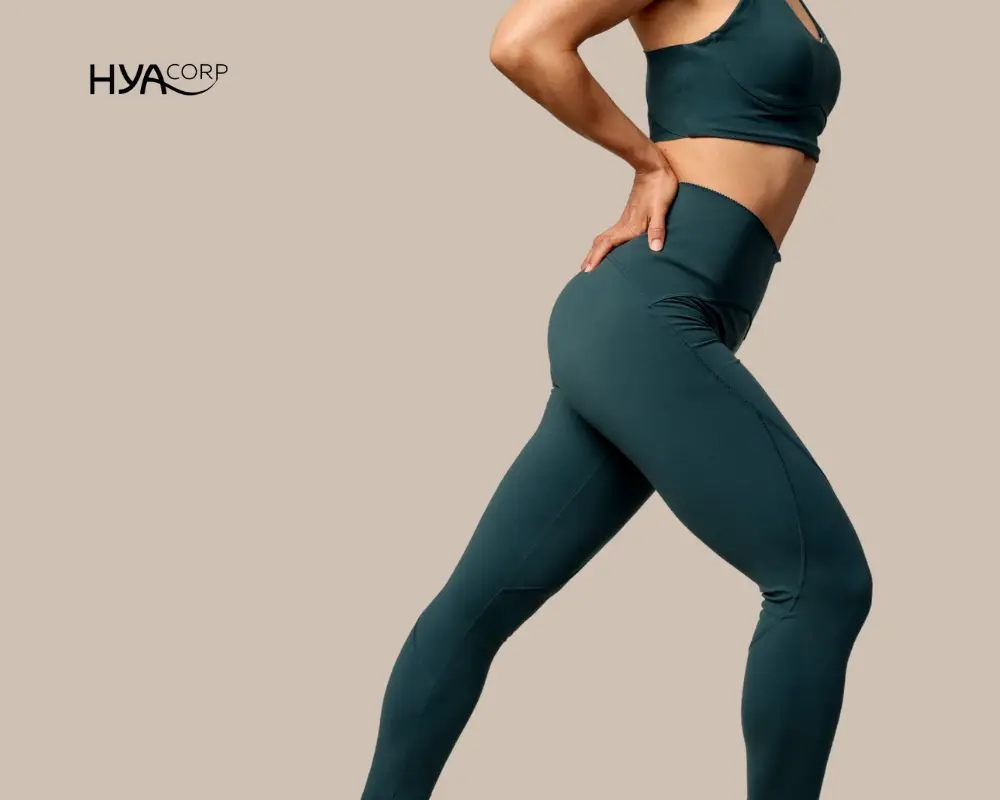
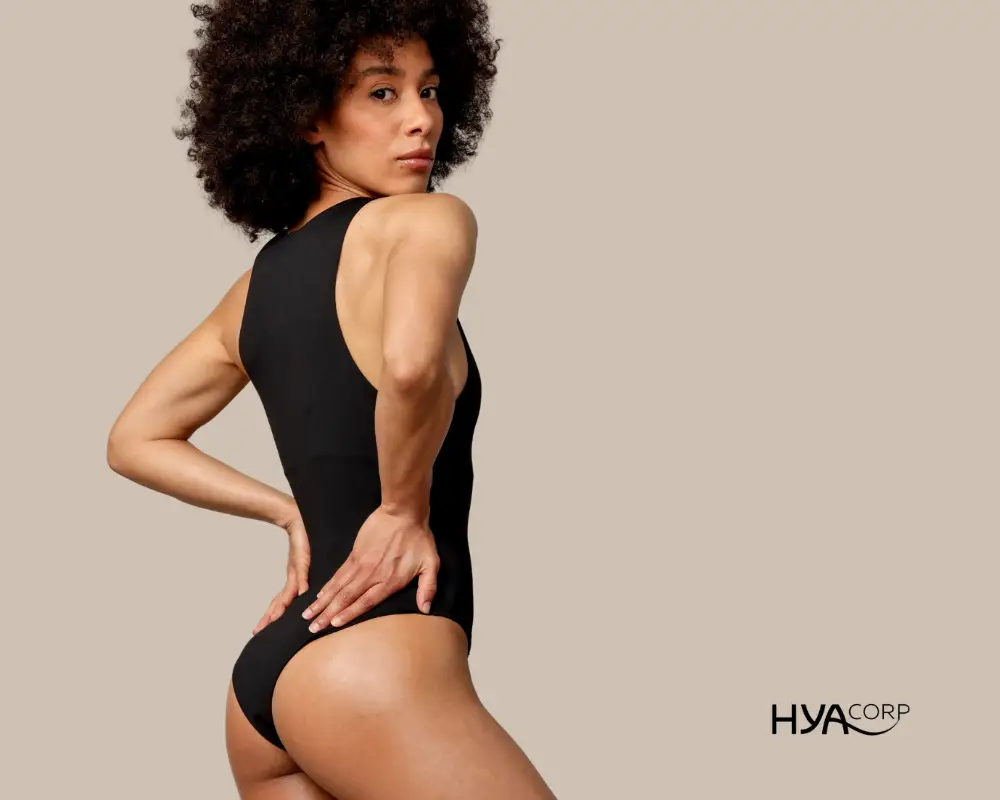
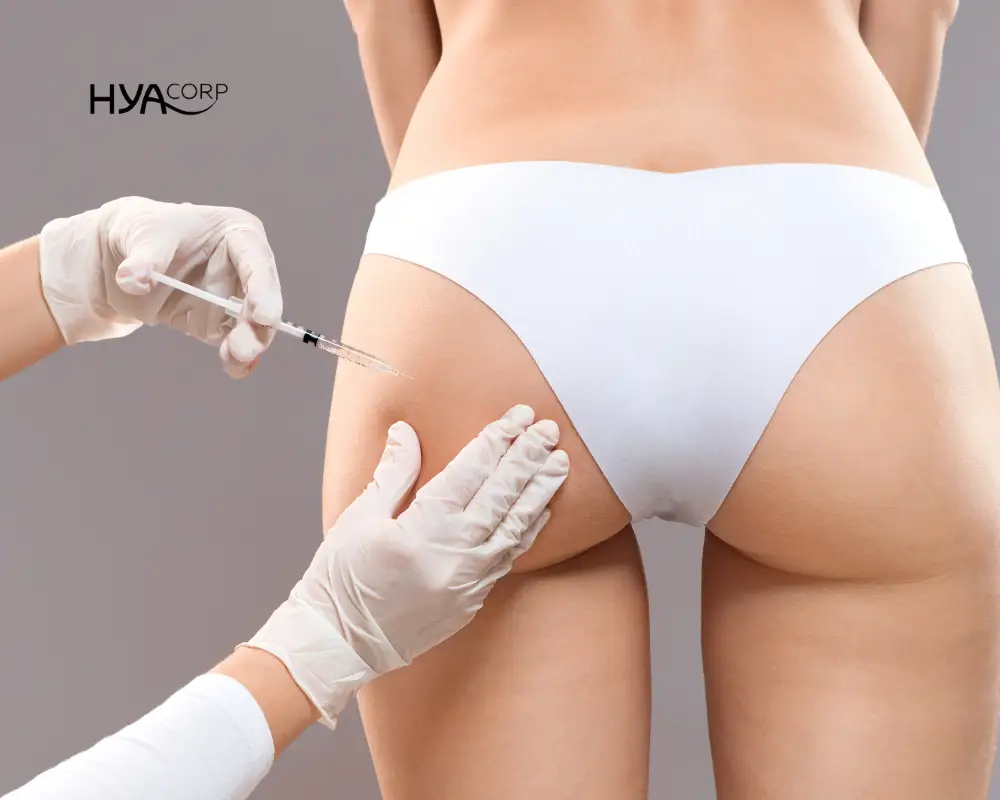
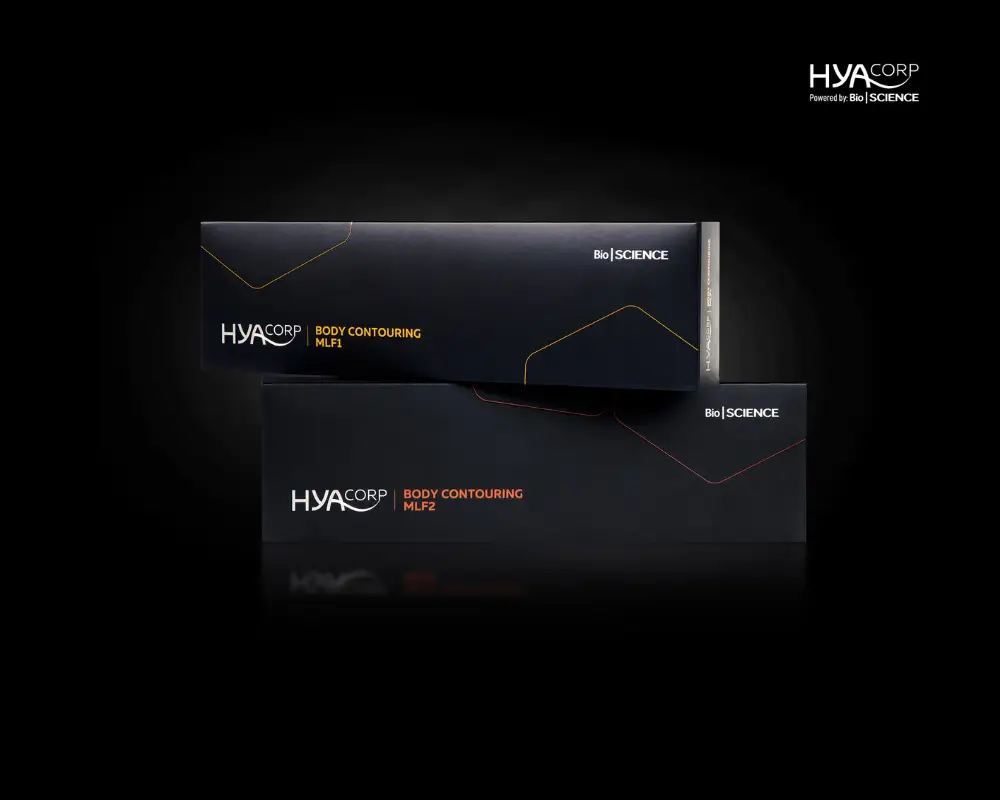
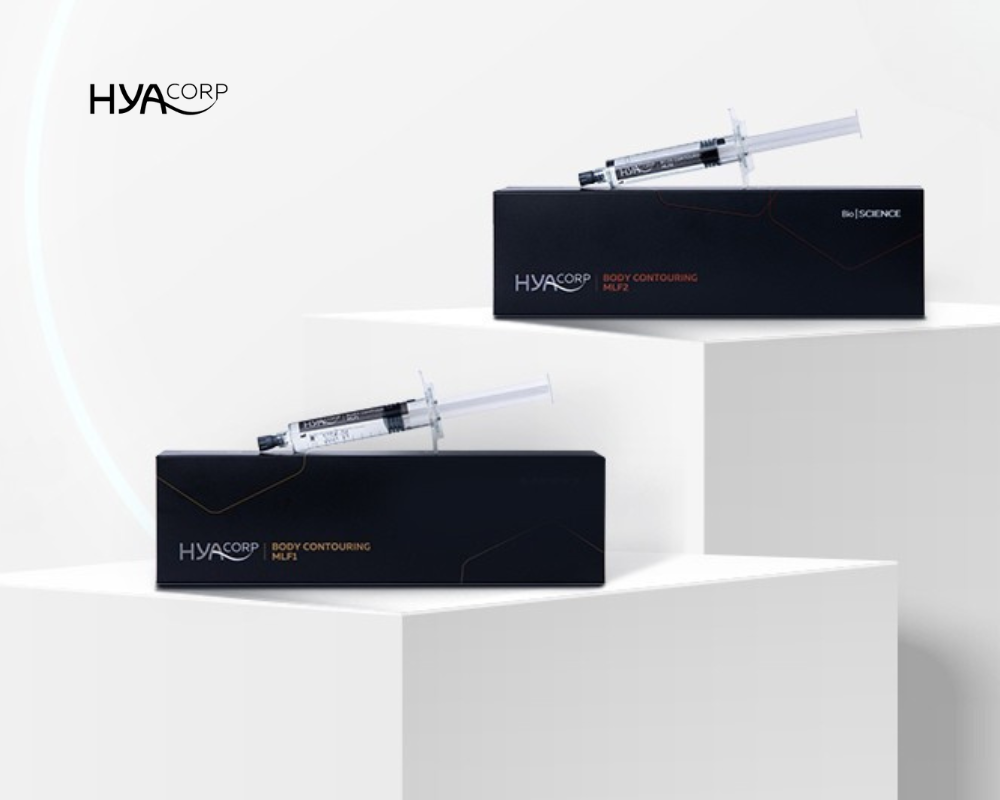
.webp)


